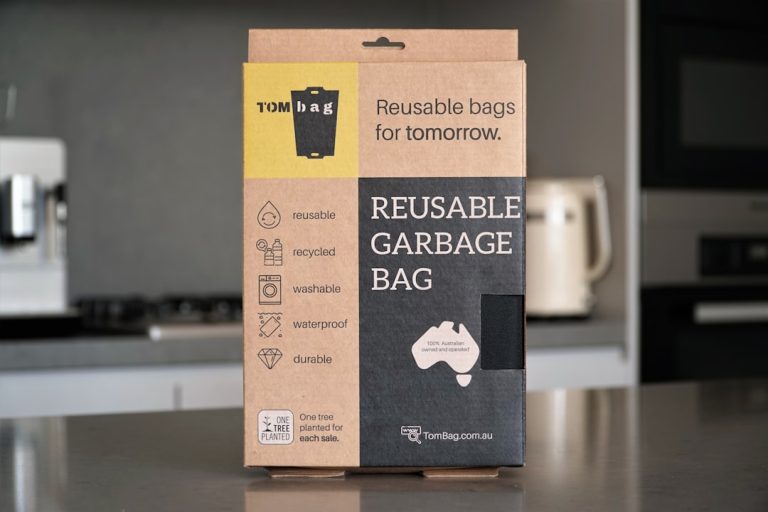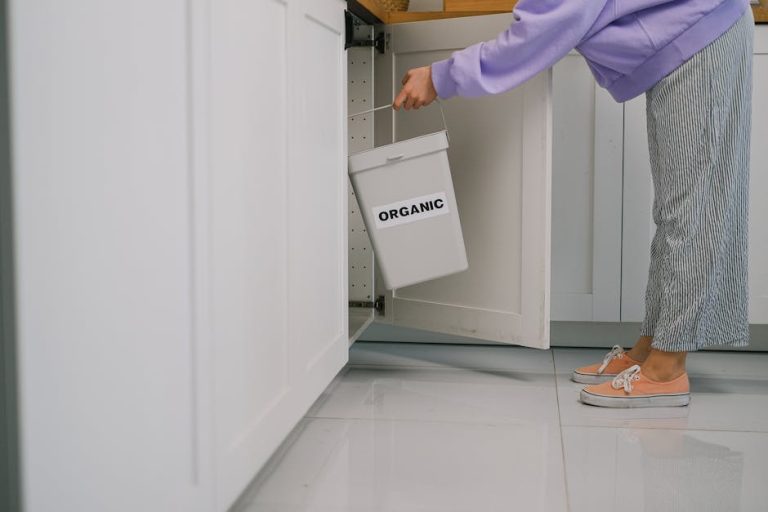How I Choose Eco-friendly Pet Products for My Furry Friends.
How I Choose Eco-friendly Pet Products for My Furry Friends
As a devoted pet parent, the well-being of my furry companions is always at the top of my mind. But in recent years, my focus has expanded beyond just their immediate health and happiness to encompass their impact on the planet. I started asking myself: Are the products I buy for them contributing to a healthier environment, or are they part of the problem? This question kicked off a journey to meticulously select eco-friendly pet products, a process I now approach with careful consideration and a critical eye. It’s not just about jumping on a trend; it’s about making informed choices that align with my values and ensure a sustainable future for everyone, including our beloved pets.
Understanding My “Why”: Setting the Foundation for Sustainable Pet Parenting
Before I even begin browsing for a new collar, a bag of food, or a chew toy, I always revisit my core motivation. Why am I choosing eco-friendly? For me, it boils down to a few key principles: reducing waste, minimizing chemical exposure for my pets and the environment, and supporting ethical practices. This foundational understanding acts as my compass, guiding every decision I make. It helps me cut through the greenwashing and focus on what truly matters.
Defining What “Eco-Friendly” Means to Me in Pet Care
The term “eco-friendly” can be a bit vague, so I’ve developed my own working definition tailored to pet products. It means products that are:
- Sustainably sourced: Ingredients and materials come from renewable resources, harvested responsibly, and don’t deplete natural ecosystems.
- Minimally processed: Less energy and fewer harmful chemicals are used in manufacturing.
- Non-toxic and safe: Free from harmful chemicals, dyes, and synthetic additives that could harm my pets or leach into the environment.
- Durable and long-lasting: Designed to withstand wear and tear, reducing the need for frequent replacements.
- Biodegradable or recyclable: Can be returned to the earth or repurposed at the end of their life cycle, preventing landfill build-up.
- Packaged responsibly: Using minimal, recycled, or compostable packaging.
Having these criteria firmly established allows me to approach my shopping with a clear objective, rather than being swayed by superficial claims.
Deciphering Labels and Ingredients: My Method for Vetting What Goes In and On My Pets
This is where the detective work truly begins. I spend a significant amount of time scrutinizing labels, especially for food, treats, and grooming products. It’s not enough for a package to say “natural” or “green”; I need to understand what’s actually inside. I look for certifications, ingredient lists, and manufacturing transparency.
My Step-by-Step Ingredient Analysis for Pet Food and Grooming Supplies
- Prioritizing Organic and Whole Ingredients: For pet food and treats, I always look for USDA Organic certification. This ensures ingredients are grown without synthetic pesticides, fertilizers, or GMOs. I also prioritize whole, recognizable ingredients over mystery “meat meals” or by-products. If it sounds like something I wouldn’t want to eat, my pets probably shouldn’t either.
- Avoiding Harmful Chemicals: This is non-negotiable. I steer clear of artificial colors, flavors, and preservatives (BHA, BHT, ethoxyquin). For grooming products, I check for parabens, phthalates, sulfates, and synthetic fragrances. I often cross-reference suspicious ingredients with resources like the Environmental Working Group (EWG) to understand their potential impact.
- Seeking Sustainable Protein Sources: For my carnivores, the source of protein matters. I look for brands that specify humanely raised, grass-fed, or wild-caught options, often with certifications like Global Animal Partnership. Some innovative brands are even exploring insect-based proteins, which have a significantly lower environmental footprint, and I’m open to those options.
- Understanding Fiber and Fillers: I examine the types of grains and vegetables used. Are they high-quality, digestible sources, or cheap fillers? I prefer brands that use locally sourced or organic produce when possible.
- Checking for Certifications: Beyond organic, I look for specific certifications that validate claims. For textiles (beds, blankets), Global Organic Textile Standard (GOTS) is a strong indicator of sustainable and ethical production.
This detailed approach ensures that what my pets consume and what touches their skin is not only safe for them but also gentle on the planet.

Beyond the Product Itself: My Investigation into a Brand’s True Green Credentials
A single product can be “eco-friendly,” but what about the company behind it? I’ve learned that true sustainability extends beyond the item itself to the entire business operation. I dive into researching the brand’s mission, manufacturing processes, labor practices, and overall commitment to environmental stewardship.
Uncovering a Company’s Environmental and Ethical Footprint
- Transparency is Key: I gravitate towards companies that are open about their supply chain, where their materials come from, and how their products are made. If a company is vague or difficult to find information about, it raises a red flag for me.
- Manufacturing Practices: I look for brands that use renewable energy in their factories, implement water-saving measures, and have robust waste reduction programs. Some companies even detail their carbon footprint reduction efforts, which is a huge plus.
- Ethical Sourcing and Labor: It’s not just about environmental ethics; social ethics matter too. I want to know that the people involved in creating the products are treated fairly, paid living wages, and work in safe conditions. Fair Trade certifications are a great indicator here.
- Giving Back and Advocacy: Brands that actively support environmental causes, animal welfare organizations, or participate in conservation efforts demonstrate a deeper commitment to their stated values.
- B Corp Certification: This is a gold standard for me. Companies certified as B Corps meet rigorous standards of social and environmental performance, accountability, and transparency. Seeing a B Corp Certification on a pet product immediately boosts my confidence.
By looking at the bigger picture, I ensure that my purchases are supporting businesses that truly embody sustainable and ethical values, not just those that market themselves as such.
Considering the Full Cycle: How I Evaluate Durability, Reusability, and Disposal
An eco-friendly product isn’t just about how it’s made; it’s also about how long it lasts and what happens to it when it’s no longer useful. My selection process heavily weighs the entire lifecycle of a product, from its creation to its eventual end.
Assessing Longevity and End-of-Life for Sustainable Pet Gear
- Durability for the Win: I prioritize products built to last. A durable toy made from recycled materials that lasts for years is far more eco-friendly than a flimsy “green” toy that breaks after a week and ends up in a landfill. I look for strong stitching, robust materials, and design for active pets. This applies to everything from beds to leashes.
- Repairability and Modularity: Can a broken part be replaced? Can a worn-out cover be swapped? Products designed with repairability in mind extend their lifespan significantly. While less common in pet products, I appreciate brands that offer replacement parts or repair services.
- Reusability and Upcycling Potential: For certain items, I consider their potential for a second life. Can an old pet blanket be repurposed as a cleaning rag? Can a sturdy food container be reused for storage? I also love brands that use upcycled materials, like old fishing nets for collars or discarded fabrics for beds.
- Biodegradability and Composting: For products like waste bags, cat litter, or certain chew toys, biodegradability is crucial. I look for certifications that confirm they will break down harmlessly in a composting environment. For packaging, I always check if it’s compostable or easily recyclable in my local municipality.
- Recyclability: When a product truly reaches its end, can it be recycled? I check for clear recycling symbols on packaging and the product itself. I also consider if the materials are commonly accepted by recycling facilities in my area.
Thinking about the full lifecycle helps me avoid the trap of “single-use” eco-friendly items and truly embrace a circular economy approach for my pets’ belongings. It’s about reducing my pet’s carbon pawprint at every stage.






